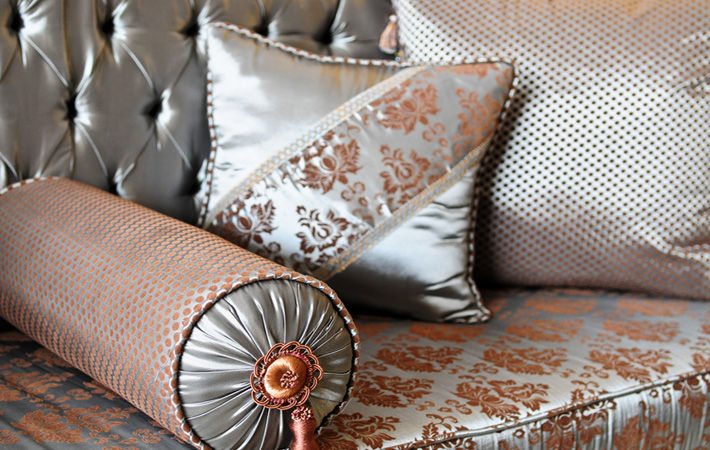
The growth will ride on three tailwinds—strong US retail sales and better outlook for the upcoming festive season in export markets; continued focus on health and hygiene; and the 'China plus one’ sourcing strategy adopted by large customers, CRISIL said in a press release.
Exports account for 60 per cent of the ₹55,000 crore annual revenue of the Indian home textiles industry, which comprises terry towels, bed sheets/spreads, pillow covers, curtains, rugs and carpets.
“Export demand has been healthy so far this fiscal and is expected to stay strong in the third quarter, going into the festive season, as the impact of the pandemic wanes. While vaccination has gained pace globally, work from home continues to a reasonable extent and replacement demand from the hospitality segments has risen with occupancy levels improving and hotels adhering to stricter sanitisation standards,” said Gautam Shahi, director, CRISIL Ratings.
Home furnishing retail sales in the United States–a key export market that accounts for 55 per cent of the export revenue pie of Indian home textile sector–jumped by 42 per cent on-year in the first half of 2021, compared with 15 per cent growth in the corresponding pre-pandemic period of 2019.
Also, the ‘China plus one’ strategy is clearly playing out. This is visible in a sharp increase in India’s share of US imports of cotton bed sheets and terry towels to 51 per cent in the first eight months of 2021 vis-à-vis 46 per cent in 2020, while that of China has reduced to 16 per cent from 20 per cent, CRISIL said.
Not surprisingly, average capacity utilisation of three large listed home textile players in the bed linen segment increased to around 87 per cent in the first quarter this fiscal compared with the pre-pandemic level of around 68 per cent; and for bath linen segment to nearly 75 per cent compared with 66 per cent before pandemic.
Operating profitability in this export sector is thus expected to improve 200-250 basis points to around 18 per cent this fiscal. Extension of the Rebate of State and Central Taxes and Levies (RoSCTL) scheme till March 2024 and better coverage of fixed costs from higher capacity utilisation will help offset the sharp increase in prices of cotton, the key raw material, the rating agency said.
While the increase in revenue and profitability will improve cash flows, current high capacity utilisation and healthy demand outlook will encourage capacity expansion in the near to medium term. This may result in higher debt levels.
Home textile manufacturers deriving a larger part of their revenue domestically would continue to underperform exporters due to the accentuated impact of the second wave and a slow recovery.
ALCHEMPro News Desk (DS)
Receive daily prices and market insights straight to your inbox. Subscribe to AlchemPro Weekly!